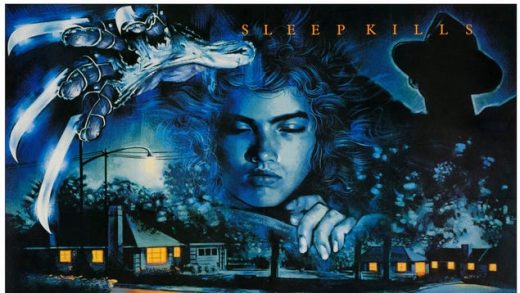“Game of Thrones” might be over, but HBO Max is still breaking new ground, and even breaking the internet — this past weekend, HBO Max blacked out right before the finale of “Mare of Easttown,” likely due to traffic. But if you haven’t hopped aboard the HBO Max train yet, it might be time to try it out. Today, the streaming platform premieres an ad-supported subscription at $9.99 per month. Its existing service — which features no ads — costs $14.99 per month. Subscribers can save 15% on their subscription, no matter which version they choose, if they pre-pay for an entire year.
The advertisements aren’t the only drawback of the more affordable subscription option. The ad-supported tier offers a maximum quality of 1080p, which is still pretty good for most consumers, unless you’re watching “Friends: The Reunion” in your 4K home theater. But, lower-tier subscribers won’t be able to download content to view offline, nor will they have access to same-day film premieres of Warner Bros.’s newest theatrical releases. However, these films will become available to stream months after release. On the bright side, ads will not appear on original HBO programming.
With just four minutes of ad time per hour, the ad-supported tier “launches with a commitment” to maintaining the lowest volume of commercials among popular streaming services. HBO Max follows in the footsteps of Hulu, which also offers a discounted subscription with ads for $5.99 per month, as opposed to $11.99 per month. But on Hulu, a half-hour show can contain almost five minutes of unskippable ad time. Meanwhile, Netflix offers its most basic plan — which allows streaming on one screen at a time without HD — for $8.99 per month. Its standard plan is $13.99 a month. Now that HBO Max has a more competitively priced option, it might give these other platforms a run for their money.
What kinds of ads can you expect to see on HBO Max? The company says that subscribers can expect “a greater personalization in the ads they see” over time, with “more innovation in formats to come.” This could resemble the ad experience on Hulu, which has experimented with viewer-friendly binge-watch ads.
“Our most exciting ad format for launch is Brand Block, which allows brands to own a block of content and consumers to delight in a limited commercial experience,” said Julian Franco, the vice president of Product Management at HBO Max. “We’re exploring a number of new formats in the future, including pause ads and a branded discovery format that allows brand partners to sponsor custom content curations.”
As far as ad personalization goes, Franco added, “We’ve created a variety of product tools including new data ingestion pipelines to help power our dashboards and real-time reporting and the ability to test and pair specific cohorts of customers with specific ad break patterns.”
As of April 2021, HBO Max and HBO reached a combined 44.2 million subscribers, and in Q1 of the year, added 2.7 million domestic subscribers. By comparison, Netflix reported an increase of 4 million subscribers in the same period, bringing them to about 207 million global subscribers. However, only 450,000 of those new subscribers come from the U.S. and Canada.
On June 29, HBO Max will launch in 39 Latin American markets. Later in the year, the streaming service is expected to roll out in Europe. This will only further the platform’s rapid growth — in 2019, AT&T, which owns HBO Max, set the modest goal to attain 50 million subscribers by 2025. Now, HBO Max expects it will reach between 120 million and 150 million subscribers by the same date.
The ad-supported subscription option for HBO Max is available now.
Update 6/2/21, 4:47 PM EST with comment from HBO Max
Source : HBO Max launches ad-supported subscription for $9.99 per month







